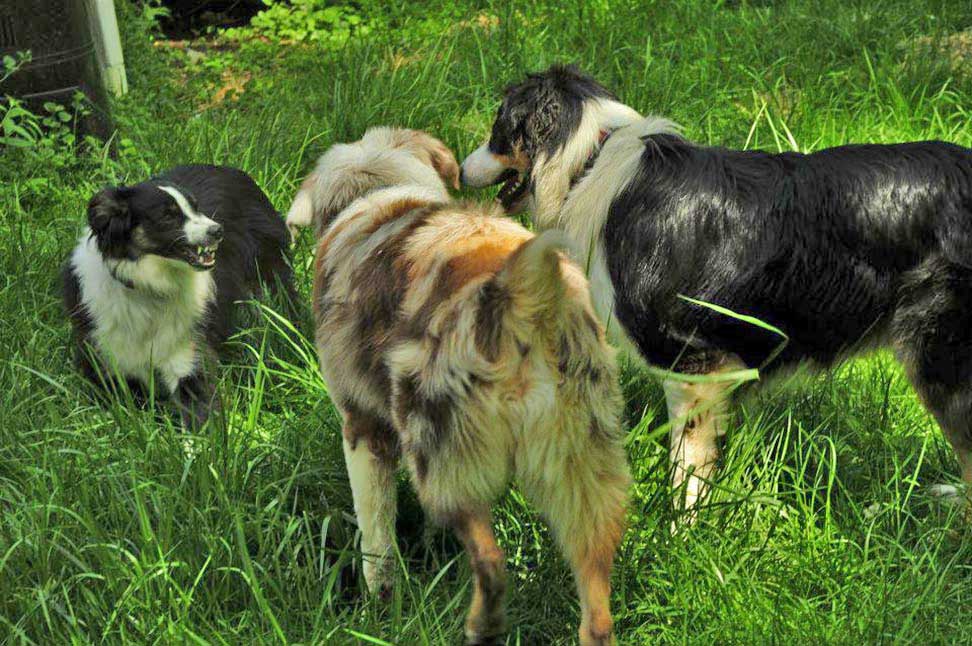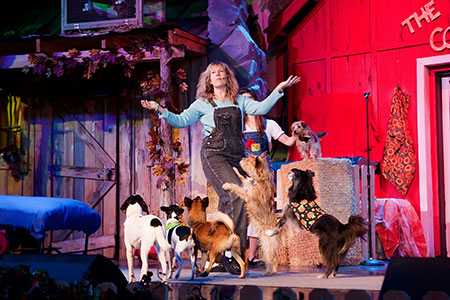Puzzle Pieces: Choosing The Right Dog To Fit Your Lifestyle
A Westminster breed win causes the winning breed’s lovers to cringe for their breed. So can movies made about a particular breed. Dalmatians, Siberian Huskies and Chihuahuas to name a few, have already suffered through this fate. Backyard breeders pop up like weeds and rescues will be overflowing in the not too distant future. The same thing can happen when a particular breed is featured on the cover of a popular non-dog related national magazine. This recently happened with the Belgian Malinois.
It is especially harmful to a breed when the reputation is what can be seen as “bad ass” for lack of a better term. I imagine that the millions of Pit Bull type dogs that have lost their lives for varying reasons because of what has been done to them via public perception would have preferred to avoid the “bad ass” persona. Unlike the majority of dogs that perform a job for humans, Pit Bull type dogs actually do make great family dogs in most cases.
The same cannot be said of many Malinois. Or a working line Border Collie. Or a working line Australian Cattle Dog. Or so many other dogs that need a job in order to remain sane. Think of them as Type A dogs. Type A dogs are very much like your Type A friends who cannot sit still and relax unless exhausted. And even then, they struggle with this thing called the off switch. I know this. I am a Type A person.
Type A dogs need a job. Seriously, we are not talking just part of the day. We are talking most of the time. Dogs like this need almost constant mental stimulation or they will make their own and you may not agree with their interpretation of said mental stimulation.
So when a Type A dog breed suddenly becomes popular, people who are not planning on working their dog many hours a day decide to get the latest “cool” dog breed. While in a few cases, this will create a new fanatic of said breed, dedicated to their dog’s emotional stability, in most cases this ends up on the opposite end of that spectrum.
The best way to prevent this scenario is to research, research and then research again when you plan on adding to your current crew. Areas of consideration include your lifestyle and your available time, your current crew’s tolerance level and likes and dislikes among other canines, your available finances and what a new addition would require, your available space and what your considered breed requires and even your plans for the future and whether an addition fits with them.
I am sure that I am preaching to the choir with my readers, but dogs are not fads nor are the meant to be disposable. They should be a lifetime (of the dog) commitment. Careful consideration that you have the right situation for the breed that you lust after is important to future happiness for everyone involved in the decision. Adopting or purchasing a puppy, especially a backyard bred version, of a Type A dog without having all the puzzle pieces in place will be a disaster in the making. Save yourself some angst and spend quality time matching your lifestyle and your current crew to what fits best, rather than basing your decision on the cool factor or an attractive face. That doesn’t work well for human pairings, it doesn’t work any better for choosing the canines in your life!
Posted in: Projects
Leave a Comment (0) →




















